Villa Spinosa is a winery located in Valpolicella Classica, at the foot of the Masua, the hill which divides the Valley of Negrar and Marano della Valpolicella, close to Verona and the romantic Lake Garda.
Since the year 2000 the headquarter of Villa Spinosa, its lofts for the drying of the grapes and the its ancient cellars – as well as the courtyards and the Italian style garden – have been transformed into beautiful and elegant settings for cultural events, from theatre to cinema, from photo exhibitions to book readings and concerts, all open to the public.
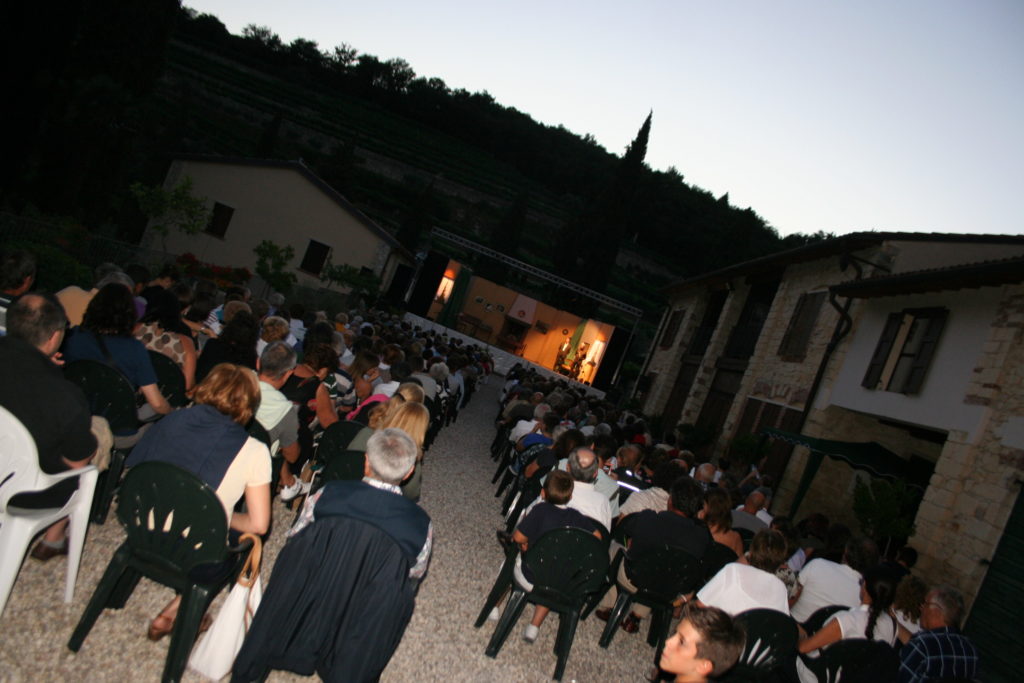
The owner of Villa Spinosa, Enrico Cascella Spinosa, likes to point out that the word “culture” comes from the Latin “colere“, which means “grow“, and was later related as “collection of knoledges“. “Wine is nature and art is culture, wine making is to be set just between them. The grape growing, including the importance of the territory and the value for culture are the basis of Villa Spinosa’s identity”.
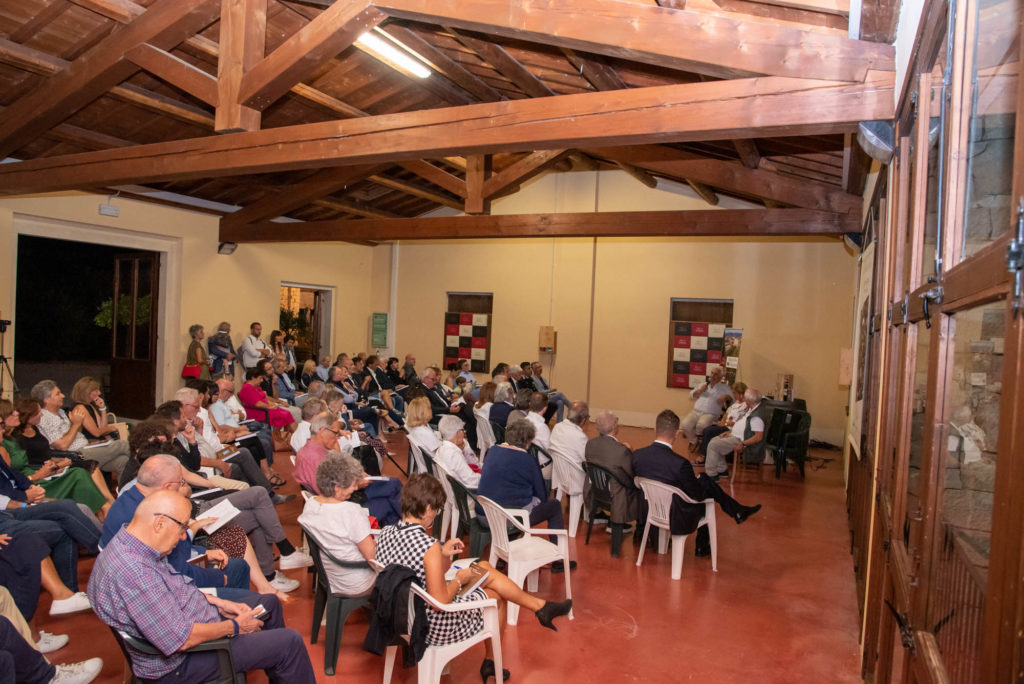
Well known writers, judges, journalists, athletes and famous actors, hosted by Villa Spinosa, share the same philosophy of the winery, keeping an eye on the territory, the Valpolicella, and the other on and the world of wine.
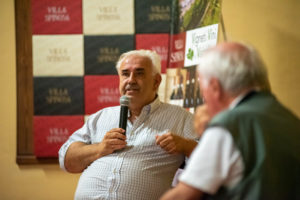 With these premises, Enrico Cascella Spinosa’s latest book “Villa Spinosa: my window on Valpolicella” is not just a personal memoir. It is a captivating narrative spanning fifty years of life and work in the heart of Valpolicella. In this book, the author weaves together the threads of his private and public life, exploring the realms of personal relationships and professional passions. From the tumultuous era of 1968 to the challenges posed by the Covid pandemic, the narrative unfolds, encapsulating the pivotal period that witnessed the rebirth of Italian wine and the ascent of the Amarone phenomenon.
With these premises, Enrico Cascella Spinosa’s latest book “Villa Spinosa: my window on Valpolicella” is not just a personal memoir. It is a captivating narrative spanning fifty years of life and work in the heart of Valpolicella. In this book, the author weaves together the threads of his private and public life, exploring the realms of personal relationships and professional passions. From the tumultuous era of 1968 to the challenges posed by the Covid pandemic, the narrative unfolds, encapsulating the pivotal period that witnessed the rebirth of Italian wine and the ascent of the Amarone phenomenon.
Enrico Cascella Spinosa’s biography unfolds in parallel with the story of a land and its culture. Starting from his childhood in the Borgo di Jago, in the heath of Valpolicella to his initiation into the vineyards, the narrative navigates through the years of Valpolicella’s global success. The author recounts episodes that shaped and guided his life within the vineyard and the surrounding territory, offering a chronicle of the significant events that transpired over the decades.
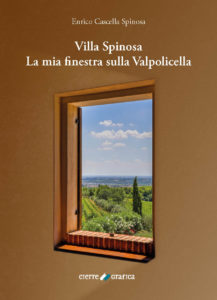
Yet, the narrative goes beyond a personal account; it becomes a reflection to Enrico Cascella Spinosa’s commitment to contributing to the growth of the region and its wines. The author, with great enthusiasm, shares his vision for the future—rich with projects aimed at advancing both the territory and its viticulture.
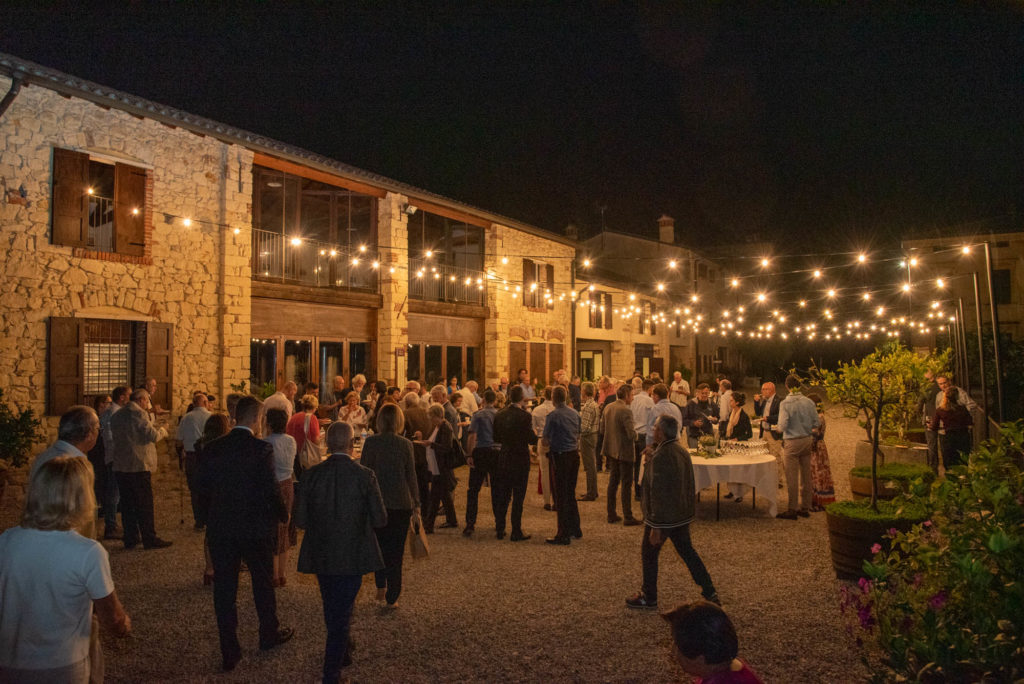
Through this literary work, the author invites readers to embark on a journey through time, exploring the evolution of Valpolicella and its wines, and contemplating the challenges and triumphs that shaped the course of half a century. In the end, it is a celebration of dedication, passion, and the enduring spirit of a community committed to the continuous growth and prosperity of their beloved territory.
Photo credits courtesy of Villa Spinosa